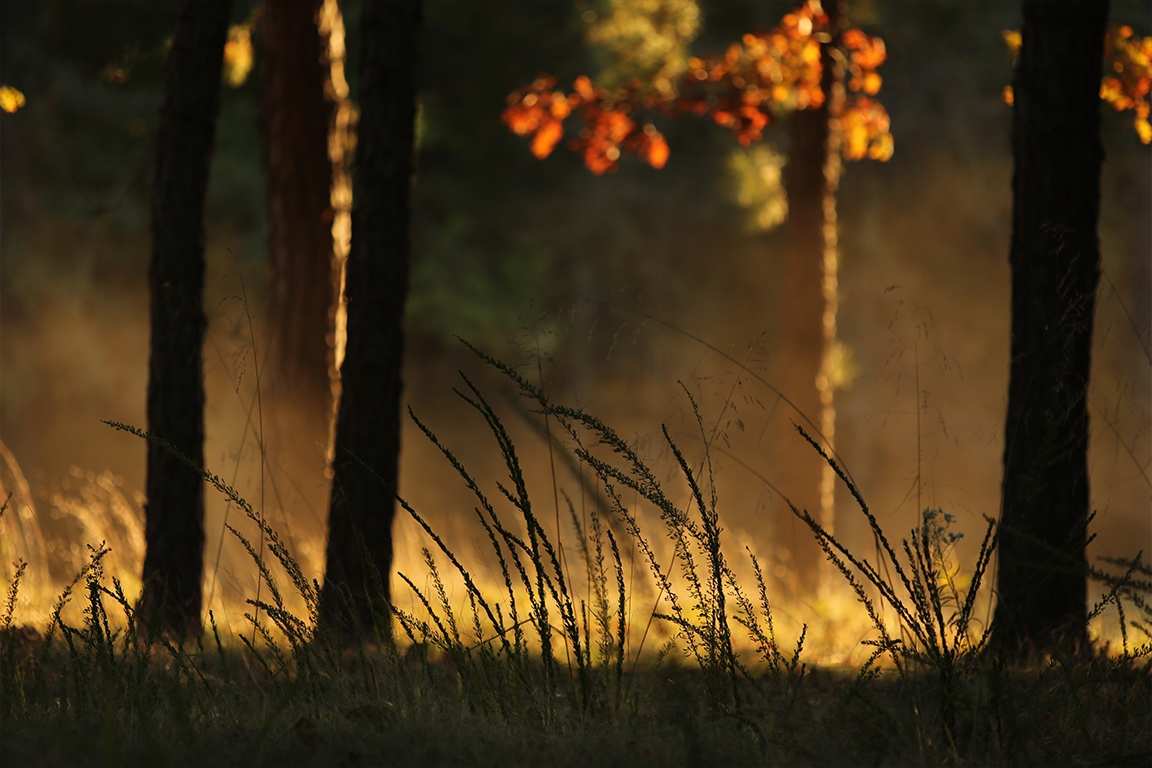Torrey Pines & Bethpage
Torrey Pines Ready for Prime Time
By Billy Condon
It’s U.S. Open week, and as is the case every year, there is a lot of buzz about how tough the course is going to play. As the site of a PGA Tour event (the Buick Invitational), Torrey Pines is a familiar place to many of the players in the Open field. But that’s where the similarities end, because Torrey Pines in June is completely different from Torrey Pines in January, when the Buick is played.
The hard facts are that the course will play somewhere around 7,600 yards, the longest in U.S. Open history, with greens running 13 to 13.5 on the Stimpmeter. To top it all off, the USGA, as they so often do for major championships, reduced par from 72 to 71, converting the 515-yard, par-five sixth hole into a par four. Perhaps most importantly, Southern California’s dry summer weather makes for a much firmer, faster, and fiercer course than the professionals see each year at the Buick.
However, the alteration garnering the most attention at Torrey Pines is the grass…specifically, the transplanting of kikuyu grass. In a complete makeover worthy of a HGTV series, Torrey Pines was outfitted with more than seven acres of brand-new kikuyu sod that was trucked in to replace areas of old turf. Because of kikuyu’s reputation as “grabby,” the greenside rough was overseeded with Ryegrass, in efforts to leave players some opportunity to get up and down.
Craig Currier, superintendent for all of Bethpage State Park’s courses, knows first-hand what Candace Combs, who holds the same position at Torrey Pines, is going through. Although San Diego’s climate contrasts greatly with the Met Area, Combs and her crew (she is one of only a handful of female head superintendents) are employing similar techniques as the ones Currier used at Bethpage, and the fact that both courses are popular public facilities made it that much more important for everything to be planned out well in advance.
Currier says that, back in 2002, Bethpage opened for the season on April 15 and remained open every day from 8 a.m. to 1 p.m., allowing Currier and his crew sufficient time in both the morning and afternoon to tend to the course. “Then we shut the course down the day after Memorial Day, so we had 12 days of the course being closed before the tournament. Every divot was filled in, there were no ball marks, we fine-tuned everything, we got the bunkers perfect…we’re going to stick to the same schedule next year.” Torrey Pines also shut down around Memorial Day to prepare for its close-up.
Ever since the Black Course was awarded the 2009 Open, Currier and his staff have remained very busy. “We lengthened seven holes so the course is 250 yards longer, there is a new bunker on #9, new fairway bunkers on #13, new sand in all greenside bunkers, new drainage, and we re-seeded the roughs and fairways.” With all of these renovations, Currier expressed how the biggest challenge to putting on a U.S. Open in the Met Area is the threat of icy winters as well as cold, wet springs. It is obvious that the folks at Torrey Pines had no such difficulties, as snow in San Diego is as common as Tiger Woods and Rory Sabbatini planning a weekend golf outing.
One of the many perks of being the head superintendent of a course hosting a major championship is the tremendous number of offers, both domestic and international, to help prepare for the big event. In 2002, Bethpage had, according to Currier, “about 60 volunteers, who came from little countries in the Middle East to Scotland, Ireland, California, and Montana,” just to name a few. Currier also expects around that same number for 2009, and he jokes about already receiving calls from London and Ireland with people inquiring about volunteer opportunities.
Comparing his first Open to the one upcoming in 2009, Currier says, “Obviously the first time you do something, you don’t know what to expect, but we know what to look forward to this time.” Combs is experiencing that same feeling right now, putting the final touches on the South Course as it hosts the world’s best players. As for the pressure of preparing a U.S. Open course, Currier coolly states, “the whole world is watching, so you want it to be perfect.” Currier and his staff will certainly be watching the action from Torrey, with an eye toward making Bethpage just as perfect in 2009.T
